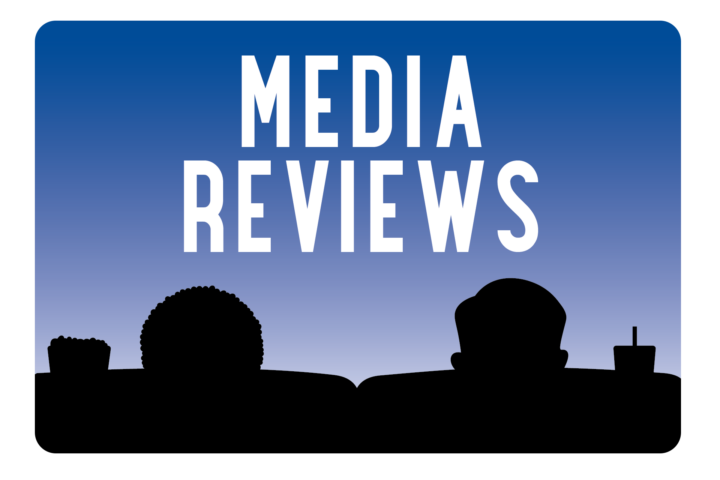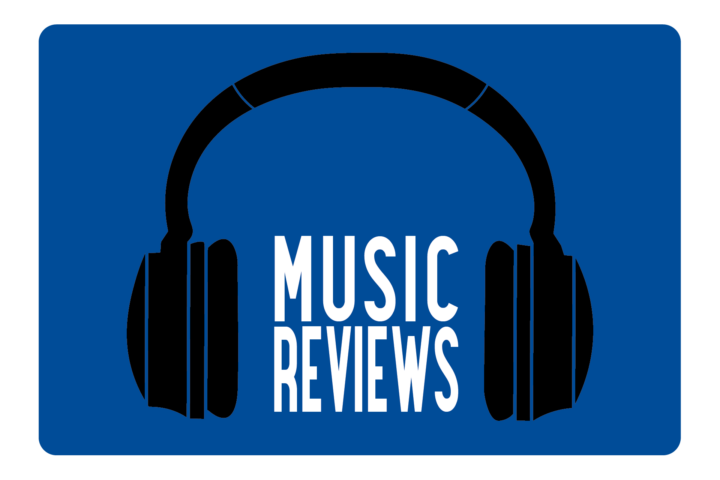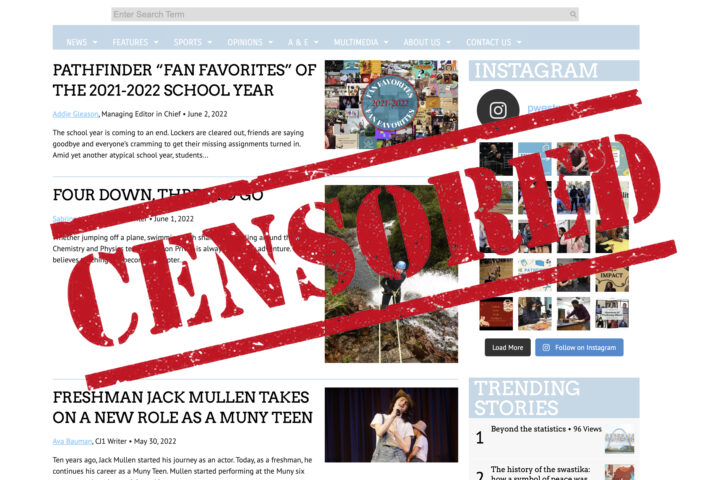It’s hard to turn on the news or tap into social media without seeing stories about workers on strike.
Labor unions are organized associations of workers, often in the same trade or profession, with the goal of protecting and furthering their rights and interests. Sometimes, unions will call strikes in which their members refuse to work as a form of protest, typically in an attempt to gain a concession or concessions from their employer.
This year, two of the most important unions in Hollywood — the Writers Guild of America (WGA) and Screen Actors Guild-American Federation of Television and Radio Artists (SAG-AFTRA) — went on strike to improve contract terms in Hollywood. The last time that the WGA and SAG were on strike together was in 1960, but they have even bigger problems in today’s era of streaming and artificial intelligence. Though their respective proposals were different, union and non-union actors and writers nationwide stood in solidarity over the shared issues of streaming residuals, viewership data transparency, and the use of AI to produce content based on writers’ work and actors’ likenesses.
Several streamers set up contracts with big upfront payments for scripted content, but not for ongoing residual payments or creative control for writers. While this meant that more writers were able to sell scripts and have first-time opportunities than before, it also meant missing out on money that helped sustain their lives between jobs in expensive entertainment hubs like Los Angeles and New York City. This placed a huge financial burden on writers of all backgrounds and experience levels, but particularly younger writers without alternate income or safety nets.
This is closely related to viewership data transparency. On linear TV networks, viewership is tracked by companies such as Nielsen, which publicly reports on all broadcast and cable movies and TV series. Streaming services, however, hold their numbers closer to the chest. Some choose not to make their numbers public at all as they make sweeping declarations about top-performing projects and ruthlessly cancel others. For actors and writers alike, this means they have no indication of their success rate outside of what they’re told. They also lack any metric by which to negotiate better pay.
Which leads us to the issue of AI. In a landscape in which actors and writers rarely, if ever, see streaming residuals and viewership data, studios added insult to injury with the proposal that AI could render their next best scripts and performances. It sparked heated conversations around authenticity, ethics, and greed in artistic creation. Writers posited that AI couldn’t produce scripts without plagiarizing from material previously created by writers, while actors argued against their images and voices being replicated without proper consent or compensation.
The WGA led efforts for change under the direction of strike captains, some of whom also participated in the 2007 to 2008 WGA strike. One of the major tools at their disposal this time was the use of social media to communicate pertinent updates and group photos. But it wasn’t just veterans on the picket line.
Millennials and Gen Z showed up in full force, many of whom were non-union as they joined the fight. Non-union supporters, sometimes called “pre-WGA” for aspiring writers, showed up despite not yet having union protections or while being furloughed by their companies and writers rooms. If employed, some snuck off to picket on remote work days and lunch breaks. WGA and SAG-AFTRA organized “special pickets” around themes and college alumni groups, which served as great networking opportunities for young, unestablished actors and writers caught up in the chaos.
Millennials and Gen Z have often been accused of — rather than being thanked for — dismantling the previously established workplace culture. A few years before the COVID-19 pandemic, several articles were published about how Millennials were no longer interested in investing decades into the same company, instead choosing to change employers every few years in search of satisfaction. Further, as major proponents of mental health, there was a major shift away from “hustle” and “rise and grind” culture, which advocated for non-stop work to prioritize career and financial success. The emphasis placed on more fulfillment and well-being, such as workplace flexibility and mental health inclusion in sick days and insurance, was met with major generational backlash.
But that spirit of rebellion paid off in Hollywood.
On September 27th, 2023, after 148 days, the WGA reached a tentative deal and ended the strike. On October 9th, 99 percent of WGA members voted to ratify the agreement.
On November 9th, 2023, after 118 days, SAG-AFTRA also approved a tentative agreement to end the longest actors strike against film and TV studios in Hollywood history. (However, there are rumblings of a similar protest to be held by actors against the video game industry.) On November 24th, they released the contract’s full details, with voting set to be complete by December 5th.
So, what does this mean for Millennials and Gen Z going forward?
Ideally, they’ll be able to benefit from the hard-won gains once they overcome lingering access and pipeline issues. But the road ahead may be bumpy.
Hollywood has several consequences to deal with in the aftermath of the double strike, one of the biggest being the industry-wide budget cuts. Unfortunately, in order to compensate everyone fairly, there will be fewer projects made and less jobs to go around. This could re-establish problematic barriers to entry that we are still working to curtail for underrepresented groups. Young people may find themselves returning to hustle culture to get through these early changes, and the next opportunities they find will be in a different landscape than before. Nothing is stable in the evolving world of entertainment.
On the bright side, the power of collaboration and unity have become increasingly important to us all. As a result of the strikes, scripts sold will come with better pay and protections, jobs will come with the chance to grow over time, and actors and writers will feel empowered to defend their rights against major Hollywood entities and executives. Time will tell if the studios have learned to do what’s right, as the International Alliance of Theatrical Stage Employees (IATSE) contract for crew members will be up for negotiation on July 31st, 2024. As IATSE stood in solidarity with the WGA and SAG-AFTRA, it can be expected that their members will do the same if they take to the picket line.
No one wants a sequel to this story. But any good cliffhanger implies that the villain could return, and the hero stands ready to fight the good fight once more.
Interested in films about labor union strikes? Check out this list: 15 movies that depict the labor movement, including unions and strikes – Deadline



